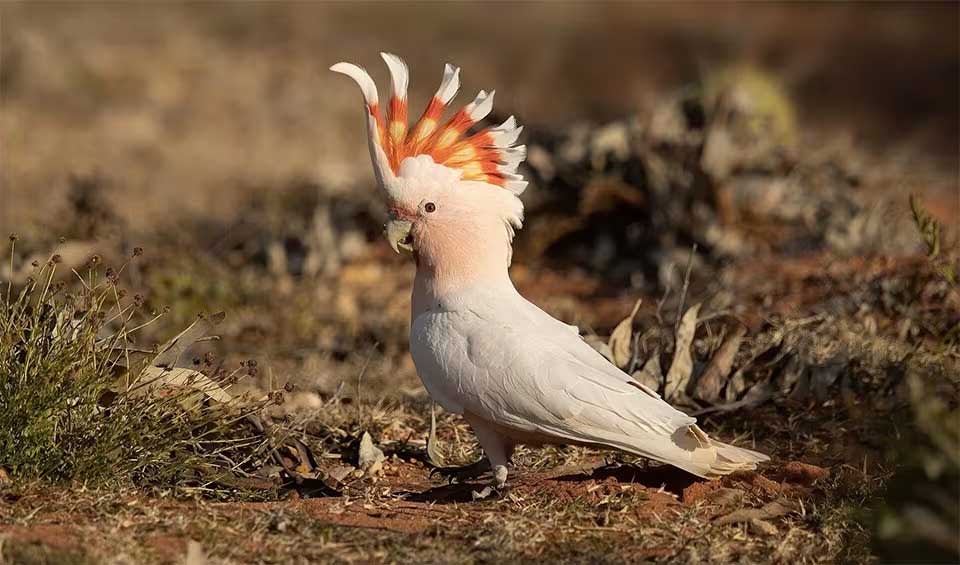Cacatuidae – Cockatoos
You might spot thousands of cockatoos in groups with abundant food supply
Cockatoos are among the most recognizable parrot species due to their expressive crests and varied vocalizations. These birds are native primarily to Australia, Indonesia, the Philippines, and the surrounding islands, where they occupy a range of habitats from forests to urban areas.
Cockatoos are characterized by their strong bills and feet; they use these to manipulate objects, forage for food, and excavate tree hollows or enlarge cavities for nesting. Unlike many other parrot species that build nests, cockatoos generally prefer to use natural hollows in trees for breeding. These hollows offer protection from the elements and predators, making them prime real estate for cockatoos.
The breeding habits of cockatoos can vary, with some species exhibiting unique behaviors where only the female incubates the eggs. In many cockatoo species, both parents share in the care of the young, with the male often helping to feed the female and chicks.
Cockatoos are highly social and intelligent, requiring complex social interactions and mental stimulation. In the wild, they are often seen in large flocks, especially when foraging. Their diet consists mainly of seeds, nuts, fruits, and, in some cases, insects and their larvae.
Unfortunately, their search for food can lead them to farmlands, where they are sometimes considered pests for feeding on crops and damaging infrastructure. This conflict with agricultural interests, along with illegal trapping for the pet trade, poses significant threats to their populations.
Conservation efforts for cockatoos include habitat protection, captive breeding programs, and education campaigns to reduce illegal trade. Some species have adapted well to human-altered environments and are not uncommon in urban areas, where they can become quite tame and are often fed by people.
Genera in this family
These intelligent and attractive birds are natural performers with squeaky and loud vocals
This flawless cockatoo with a crown of charm and royal looks will steal heart



